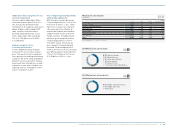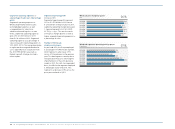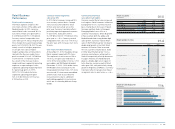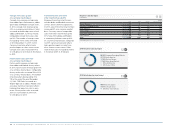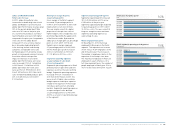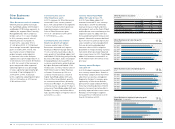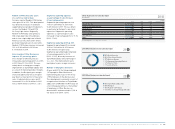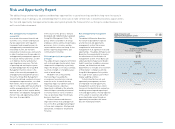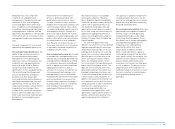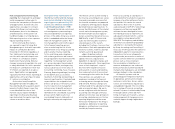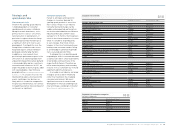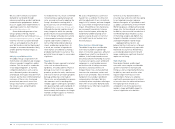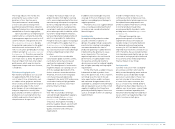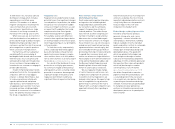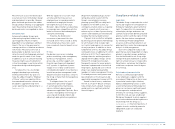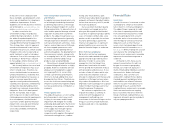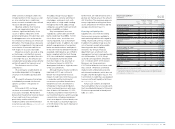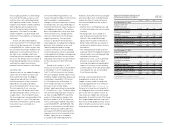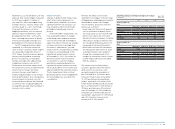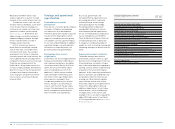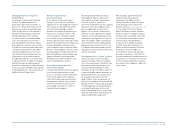Reebok 2010 Annual Report Download - page 165
Download and view the complete annual report
Please find page 165 of the 2010 Reebok annual report below. You can navigate through the pages in the report by either clicking on the pages listed below, or by using the keyword search tool below to find specific information within the annual report.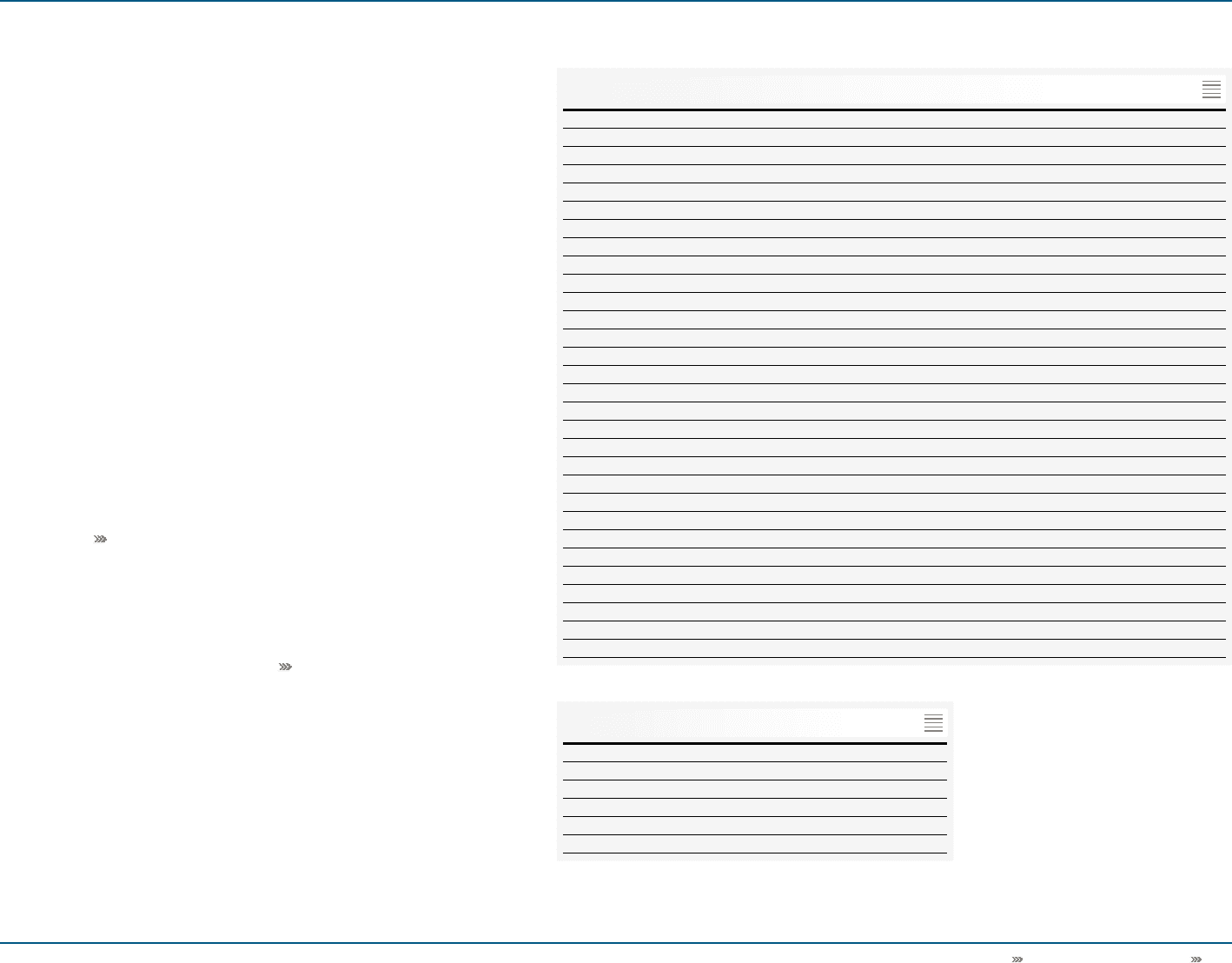
Group Management Report – Financial Review Risk and Opportunity Report 161
Strategic and
operational risks
Macroeconomic risks
Growth in the sporting goods industry
is highly dependent on consumer
spending and consumer confidence.
Abrupt economic downturns, socio-
political factors such as civil unrest,
nationalisation or expropriation, in
particular in regions where the Group
is highly represented, therefore pose
a significant short-term risk to sales
development. To mitigate this risk, the
Group strives to balance sales across
key global regions and also between
developed and emerging markets.
In addition, a core element of our
positioning in performance sports is the
utilisation of an extensive global event
and partnership portfolio where demand
is more predictable and less sensitive to
macroeconomic influences. In 2011, we
expect the global economy to grow, albeit
with varying degrees of performance
geographically see Subsequent Events and
Outlook, p. 174. As a result, we assess the
likelihood that adverse macroeconomic
events could impact our business as
likely, which is a reduction compared to
the prior year. Nevertheless, we continue
to regard the potential financial impact of
such events as significant.
Consumer demand risks
Failure to anticipate and respond to
changes in consumer demand for
sporting goods products is one of the
most serious threats to our industry.
Consumer demand changes can be
sudden and unexpected, particularly in
our fashion-related businesses. Because
industry product procurement cycles
average 12 to 18 months, the Group faces
a risk of short-term revenue loss in cases
where it is unable to respond quickly
to such changes. Even more critical,
however, is the risk of continuously over-
looking a new consumer trend or failing
to acknowledge its potential magnitude
over a sustained period of time.
To mitigate this risk, identifying and
responding to shifts in consumer demand
as early as possible is a key responsibility
of our brands and in particular of the
respective Risk Owners. Therefore, we
utilise extensive primary and secondary
research tools as outlined in our risk and
opportunity identification process.
As a leader in our industry, our brand
strategies are focused on influencing
rather than reacting to the changing
consumer environment. We invest
significant resources in research and
development to innovate and bring fresh
new technologies and designs to market
see Research and Development, p. 110.
Corporate risk overview
Likelihood of occurrence Potential financial impact
Strategic and operational risks
Macroeconomic risks Likely Significant
Consumer demand risks Likely Moderate
Industry consolidation risks Probable Significant
Hazard risks Unlikely Major
Risks from loss of brand image Possible Significant
Own-retail risks Likely Moderate
Risks from rising input costs Highly probable Major
Supplier default risks Possible Moderate
Inventory risks Possible Moderate
Customer risks Highly probable Major
Regulatory risks Likely Significant
Risks from loss of key event or promotion partnerships Likely Moderate
Product design and development risks Possible Minor
Personnel risks Likely Moderate
IT risks Unlikely Significant
Compliance-related risks
Legal risks Possible Moderate
Social and environmental risks Probable Moderate
Risks from product counterfeiting and imitation Highly probable Moderate
Product quality risks Possible Moderate
Risks from non-compliance Unlikely Minor
Financial risks
Credit risks Possible Moderate
Financing and liquidity risks Unlikely Minor
Currency risks Highly probable Major
Interest rate risks Highly probable Moderate
02
Corporate risk evaluation categories
Listed in ascending order
Likelihood of occurrence Potential financial impact
Unlikely Marginal
Possible Minor
Likely Moderate
Probable Significant
Highly probable Major
03


